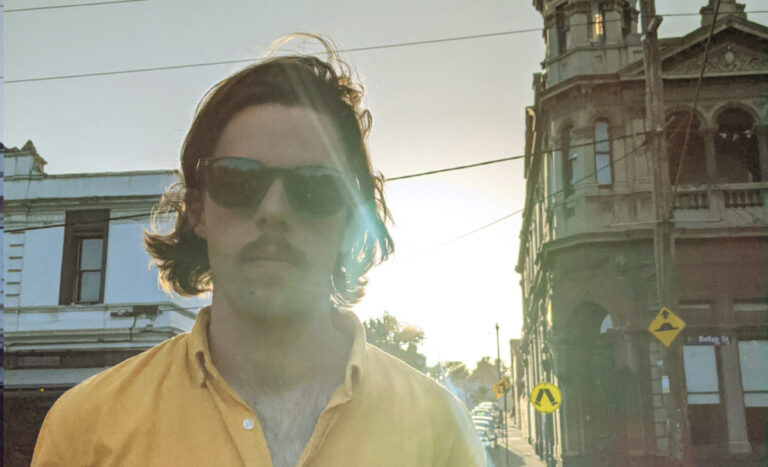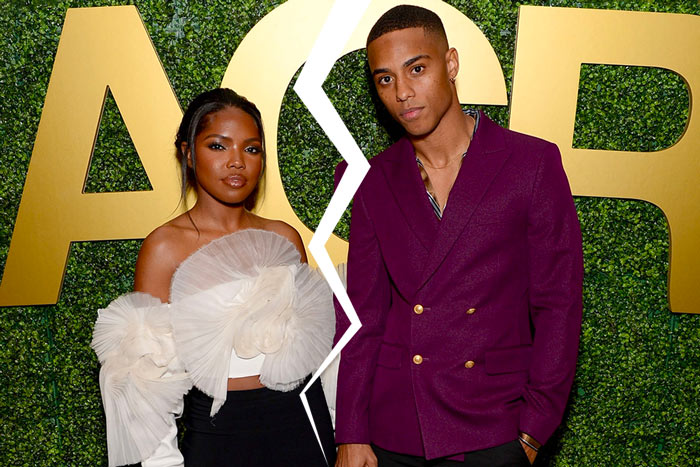Nikkor Z DX 18-140mm f/3.5-6.3 VR lens
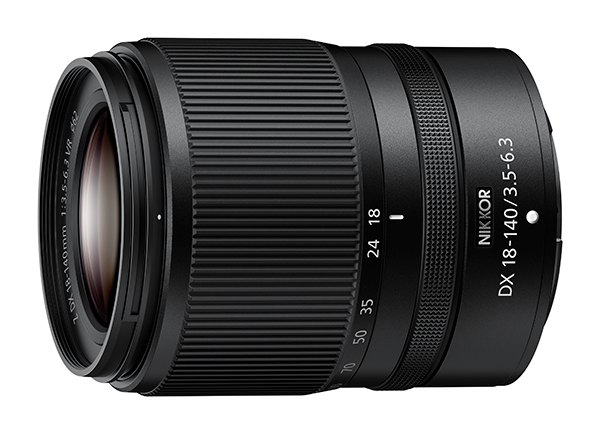
In summary
Nikon’s Z DX 18-140mm f/3.5-6.3 VR Nikkor lens is a good choice for those who want a single, general-purpose DX-format Z-mount lens that can be used for shooting a wide range of subjects.
Full review
Announced in June and released locally in November, Nikon’s Z DX 18-140mm f/3.5-6.3 VR Nikkor lens is the first all-in-one zoom lens for the company’s DX-format Z-mount cameras, the Z50 and Z fc. Covering a 7.8x magnification range it spans angles of view equivalent to 27-210mm in 35mm format, making it suitable for recording stills and video clips that cover a wide variety of subjects. Key features of the new lens are its light weight (only 315 grams), its short minimum focusing distance of 20 cm and its in-built five-stop optical VR stabilisation.

Angled view of the Z DX 18-140mm f/3.5-6.3 VR lens. (Source: Nikon.)
The optical design consists of 17 elements in 13 groups and includes two aspherical and two ED (Extra-low Dispersion) glass elements to correct common aberrations such as coma, distortion and chromatic aberrations. Nikon’s Super Integrated Coating is applied to suppress internal reflections that cause ghosting and flare.
A stepping motor drives the internal lens group that shifts during focusing, so the lens doesn’t change length or orientation during focusing. Providing fast, accurate, smooth and quiet autofocusing, this system makes the lens ideal for use when shooting video.
The minimum focusing distance ranges from 20 cm at 18mm to 40 cm at 140mm, with the maximum magnification of 0.33x (just over one third life size) at the140mm position. The lens accepts 67 mm filters and is supplied with front and end caps. The petal-shaped HB-101 lens hood is available as an optional extra for approximately AU$60. We reviewed the lens on the Nikon Z50 camera.
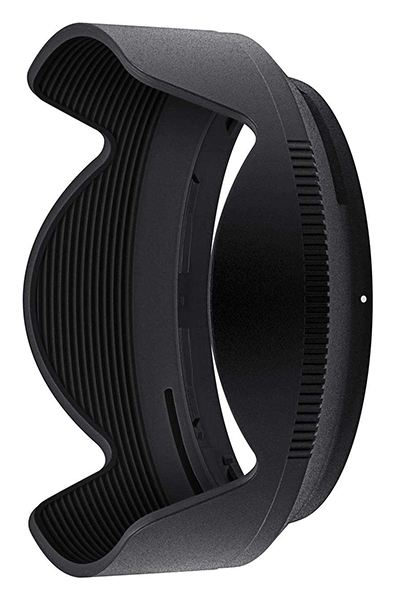
The optional HB-101 lens hood for the Z DX 18-140mm f/3.5-6.3 VR lens. (Source: Nikon.)
Who’s it For?
Buyers of this lens will almost certainly be owners of Nikon’s Z50 and Z fc mirrorless cameras since they’re the only cropped-sensor models with Z-mounts. Although the Z mount is the same as that used for Nikon’s Z6 and Z7 cameras, it you fit this lens to an FX model the crop factor will exclude more than half of the sensor area on the full-frame models. That’s a pointless exercise.
The combination of light weight and extended zoom range make this lens an excellent choice for those who want a general-purpose lens that can handle a wide variety of subjects. It’s ideal for travellers as well as everyday snapshooters who record both stills and video. Anyone who hates having to change lenses frequently could also find this lens a boon.
Close focusing capabilities are good enough for the lens to be used for photographing flowers, even at the wider angles of view, and shooting portraits of humans, pets and co-operative birds at longer focal lengths. The table below shows the minimum focus distances for various focal lengths.
| Focal length | 18mm | 24mm | 35mm | 50mm | 70mm | 100mm-140mm |
| Minimum focus | 20 cm | 22 cm | 25cm | 30 cm | 36 cm | 40 cm |
Build and Ergonomics
The Z DX 18-140mm f/3.5-6.3 VR lens is mostly made from industrial plastic – including its lens mount. Like most current Nikkor lenses, it comes from the Nikon factory in Thailand. Build quality is good for a mostly plastic lens, although not up to the standard of Nikon’s Z FX lenses.
The front element is 40 mm in diameter and slightly recessed below an 8 mm wide ring of ribbing that ends in the vertical threading for the 67 mm filters. Bayonet mount moulding surrounds the outer edge of this section of the inner barrel which extends by 45 mm when rotating the zoom ring from the 18mm position to 140mm.
The zoom ring is located at the front of the outer barrel. It is 45 mm wide, with most of its surface covered in rubberised ribbing. A 5 mm wide unribbed section around the rear of the ring is stamped with figures indicating the positions for 18mm, 24mm, 35mm, 50mm, 70mm, 100mm and 140mm focal lengths, which line up against a white line on the 8 mm wide fixed section of the barrel behind the zoom ring. Changes in the maximum and minimum apertures as the lens is zoomed in are shown in the table below.
| Focal length | 18mm | 24mm | 35mm | 50mm | 70mm | 100mm | 140mm |
| Maximum aperture | f/3.5 | f/3.8 | f/4.2 | f/4.8 | f/5.3 | f/5.6 | f/6.3 |
| Minimum aperture | f/22 | f/25 | f/29 | f/32 | f/36 | f/36 | f/40 |
We found it could be tricky to set the zoom rotation to precise focal length values due to the tightness of the outer barrel. This could be considered an advantage for a plastic-barrelled lens as repeated use is likely to make the fit slacker over time. However, potential buyers should note there is no zoom lock to prevent unwanted barrel extension as the lens ages.
The narrow (8 mm wide) focusing ring is located aft of this section. It’s covered by an array of raised dots and turns through 360 degrees because focusing is driven electronically. The lens lacks an AF/MF switch and there is no distance scale or depth of field indicator.
Also fixed in place is the 19 mm long section of the outer barrel behind the focusing ring, which carries the name of the lens plus a raised white index dot for orientating the lens when it’s fitted to a camera body.
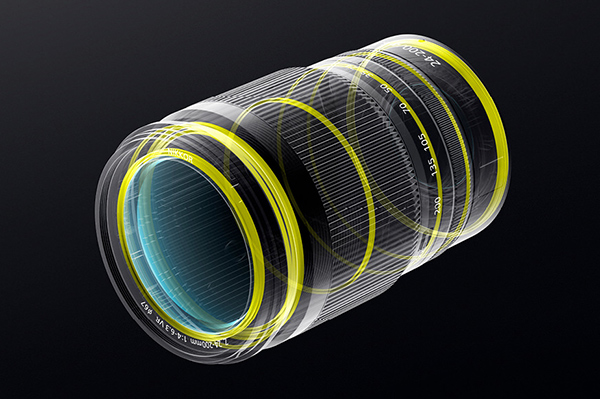
This diagram indicates the positions of the ‘dust- and drip- resistant’ seals in the Z DX 18-140mm f/3.5-6.3 VR lens. (Source: Nikon.)
As mentioned above, the lens ends in a plastic mount that also contains the 11 gold-plated contacts for passing information between the lens and the camera. Dust- and drip-resistant sealing enables this lens to be used in inclement weather. However, the lens is not fully weatherproofed.
Performance
Our Imatest tests showed the review lens to be capable of exceeding expectations for the 20-megapixel sensor on the Nikon Z50 camera provided for our review with measurements taken in the centre of the frame at the shorter focal lengths. It fell only a little short with focal lengths beyond 70mm.
Measurements made 75% of the way from the centre to the edge of the frame also exceeded expectations but only between about f/4.5 and f/7.1 for these focal lengths. The graph of our test results below shows the results of our tests across the zoom range.
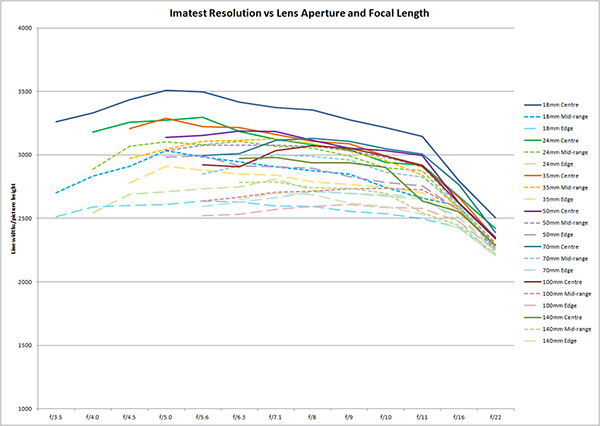
Diffraction kicked in from about f/10 onwards with resolution plunging between f/11 and f/22 at all focal length settings. NEF.RAW files captured simultaneously showed the same pattern of results, albeit with slightly higher resolution.
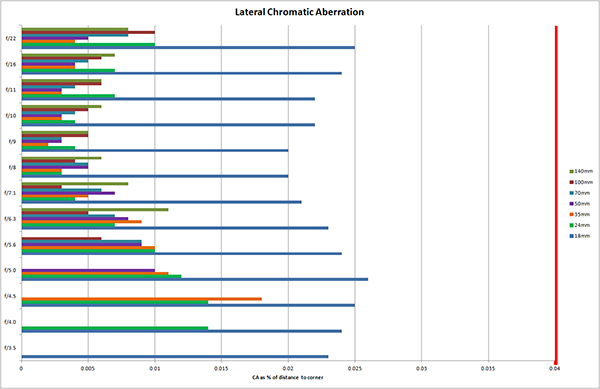
Lateral chromatic measurements made with all in-camera corrections disabled showed the levels of this aberration to be well down in the negligible band for all focal lengths. The highest values were recorded with the 18mm focal length, as shown in the graph of our test results above, in which the red line marks the upper edge of the negligible band.
Vignetting was present at the widest apertures across the entire zoom range but was usually reduced satisfactorily by stopping down by two stops. As is usual for extended-range zoom lenses, rectilinear distortion ranged from obvious barrel distortion at 18mm through to slight pincushion distortion at 140mm. Minimal distortion was found at the 24mm focal length.
Both vignetting and distortion are effectively removed by the in-camera corrections in the Z50 and Z fc cameras. They can also be easily dealt with when converting raw files into JPEG or TIFF format with any capable raw file conversion software.
Unfortunately, throughout the period when we had the lens, Sydney was suffering from the influence of La Nina, which meant increased cloudiness and rain. These conditions made it difficult to take test shots although, in the brief periods when the sun did shine, we were able to grab some sunstars shots which, in the main, were rather mushy.
The in-lens stabilisation and AF system had plenty of challenges during the review period due to the prevalent inclement weather, which produced low-contrast conditions with relatively low light levels for the season (end of spring). Nonetheless, the built-in stabilisation system worked very well and allowed shots to be taken at shutter speeds down to1/60 second with the 140mm focal length with a high percentage of sharp results.
Autofocusing performance was also very good, particularly with longer focal length settings. Focus pulls were silent and mostly as smooth as we’d like and we didn’t see any noticeable focus breathing while zooming in or out.
Close-shooting capabilities were generally good thanks to relatively short minimum focus distances. Bokeh was a little better than we expected, aided by the weather conditions, although the small maximum apertures made getting smooth transitions in backgrounds near impossible with wide angle shots.
Conclusion
Please Login or Register to access the Conclusion.
SPECS
Picture angle: 76 degrees to 11 degrees 30 minutes (DX image area)
Minimum aperture: f/22-40
Lens construction: 17 elements in 13 groups (including 2 aspherical and 2 ED elements)
Lens mounts: Nikon Z mount
Diaphragm Blades: 7 (rounded aperture)
Weather resistance: Dust- and drip-resistant
Focus drive: Stepping motor
Stabilisation: Yes. Lens shift using voice coil motors (VCMs); CIPA rating: 5 stops
Minimum focus: 20 cm at 18mm, 40 cm at 140mm
Maximum magnification: 0.33x at 140mm
Filter size: 62 mm
Dimensions (Diameter x L): 72 x 90 mm
Weight: 315 grams
Standard Accessories: Front and end caps (HB-101 lens hood is optional extra)
Distributor: Nikon Australia, 1300 366 499
TESTS
Based on JPEG images recorded with the Nikon Z50 camera.
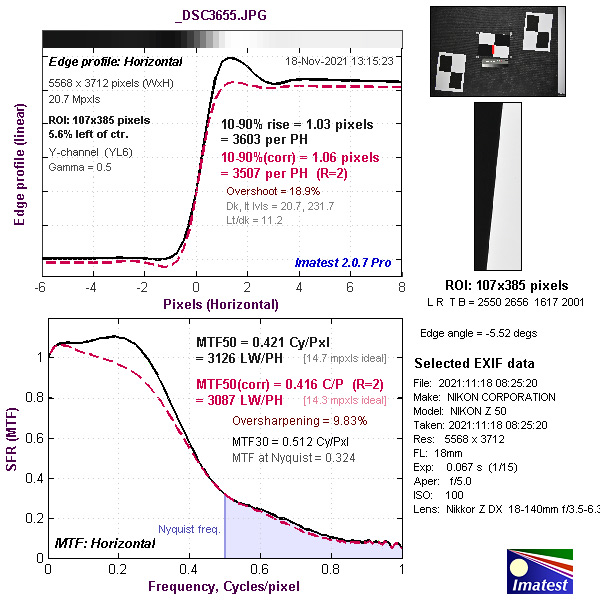
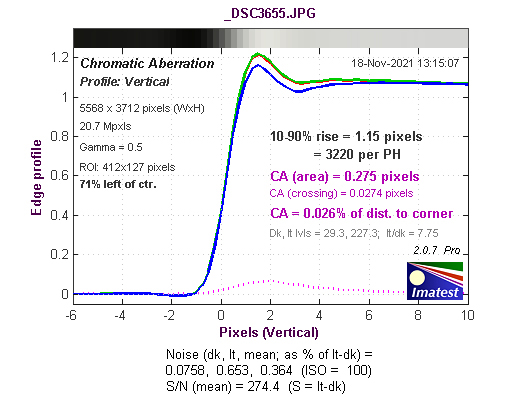
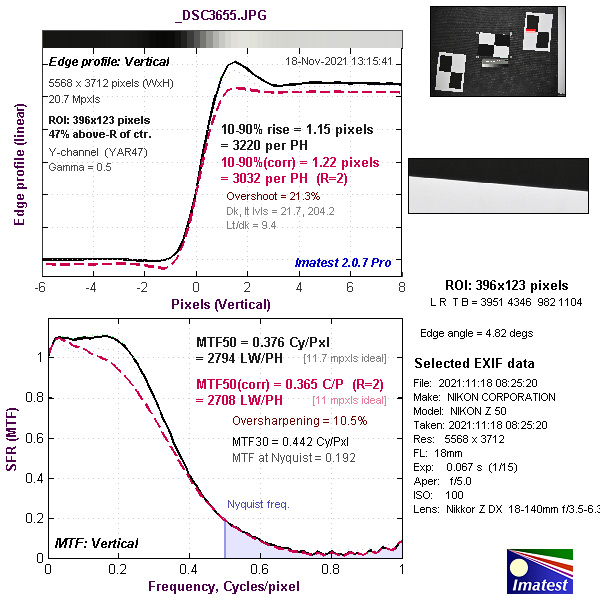
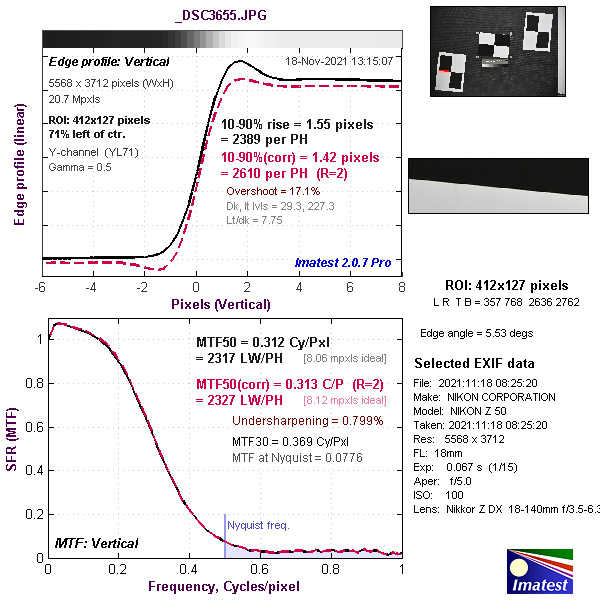
Based on NEF.RAW images captured simultaneously and converted into 16-bit TIFF format with Adobe Camera Raw.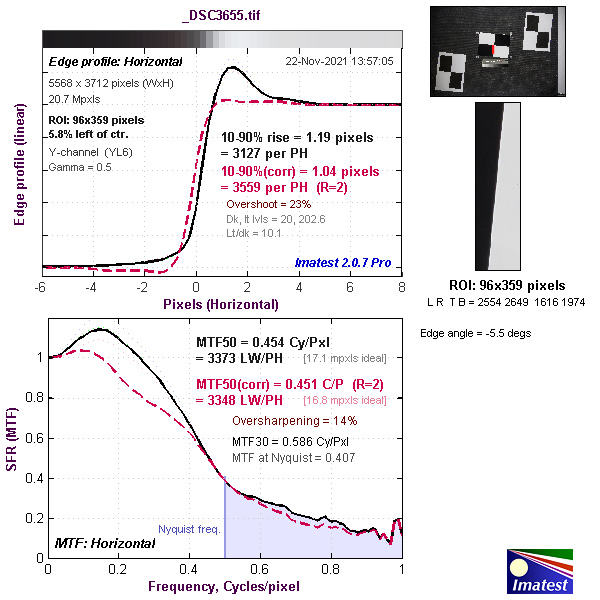
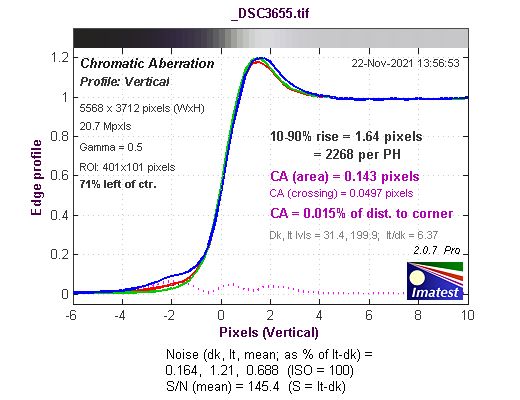
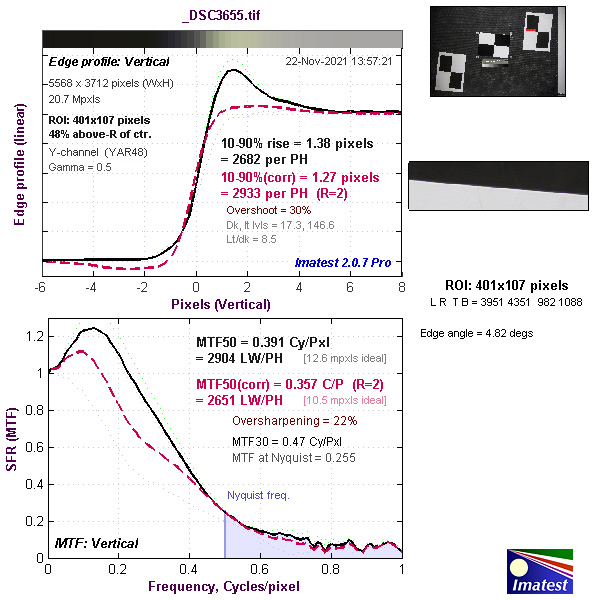
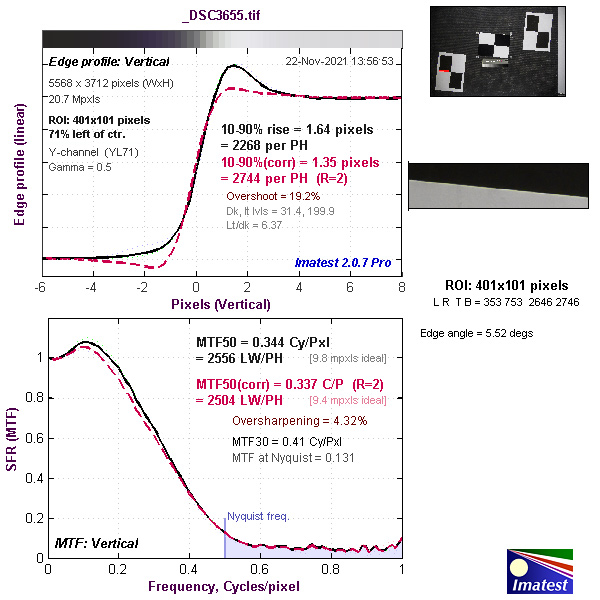
SAMPLES
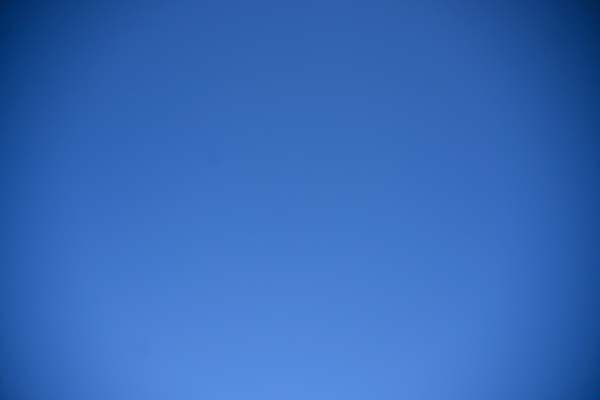
Vignetting at 18mm f/3.5.
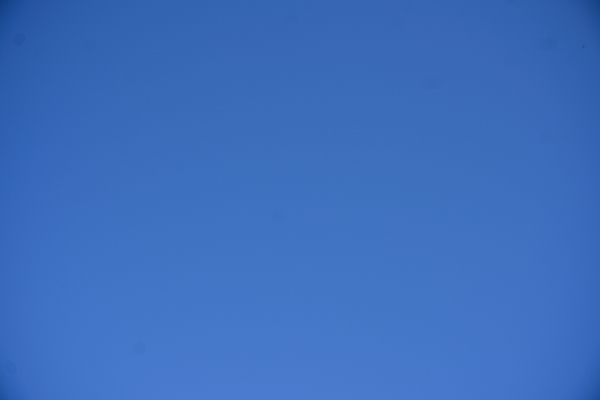
Vignetting at 35mm f/4.2.
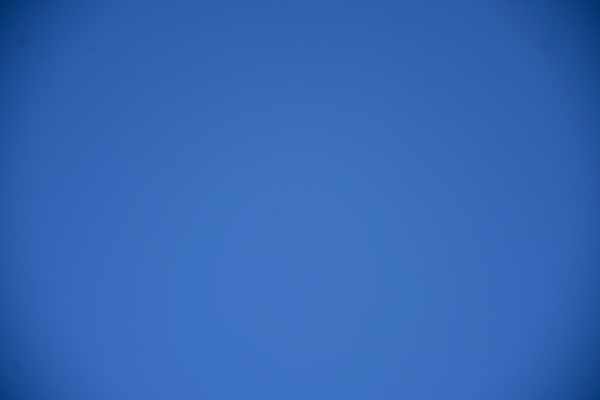
Vignetting at 70mm f/5.3.
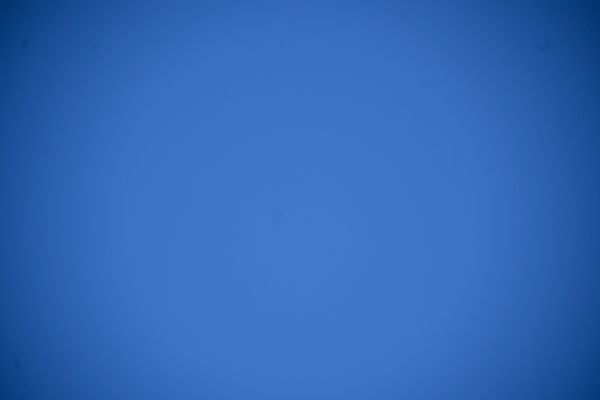
Vignetting at 140mm f/6.3.
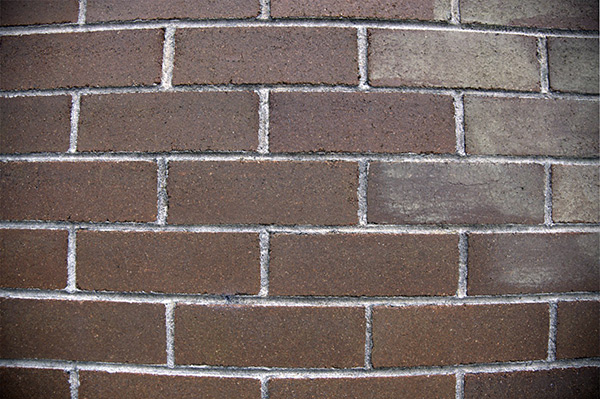
Rectilinear distortion at 18mm.
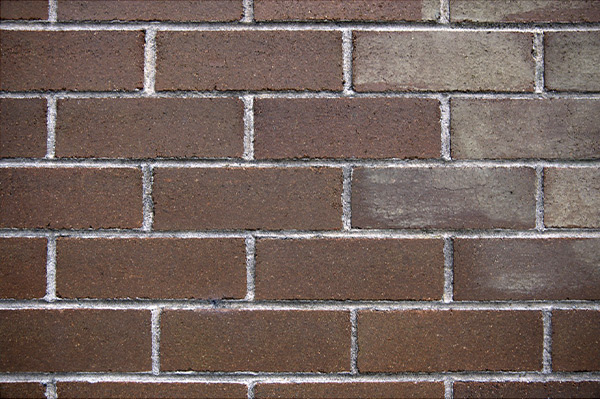
Rectilinear distortion at 24mm.
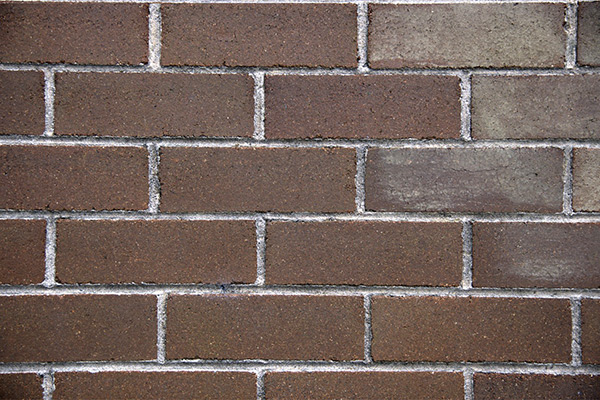
Rectilinear distortion at 35mm.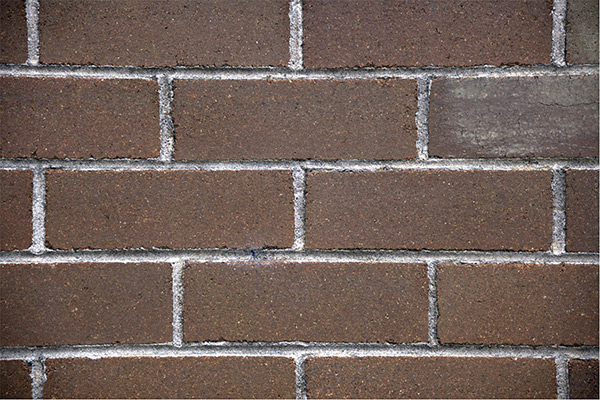
Rectilinear distortion at 70mm.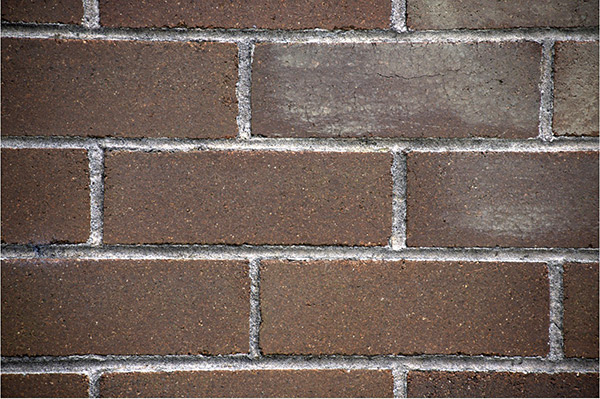
Rectilinear distortion at 140mm.
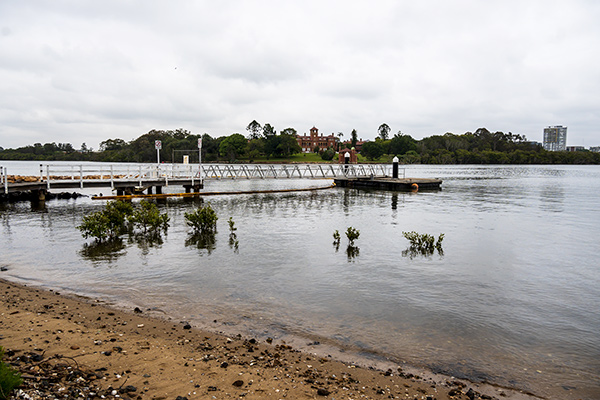
18mm focal length, ISO 100, 1/400 second at f/11.
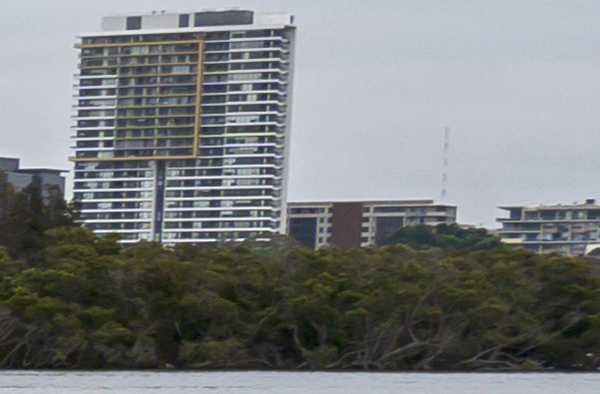
Crop from the above image enlarged to 100%. (Note the distortion near the edge of the frame, caused by the wide angle of view.)
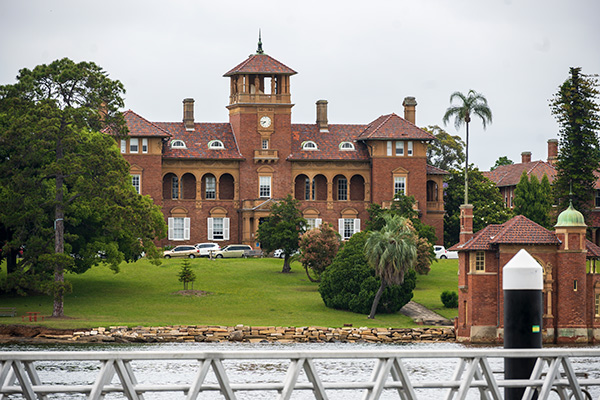
140mm focal length, ISO 100, 1/320 second at f/11.
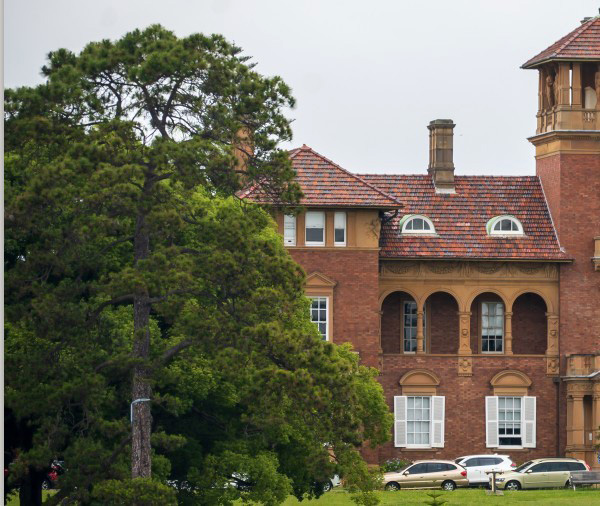
Crop from the above image enlarged to 100%.
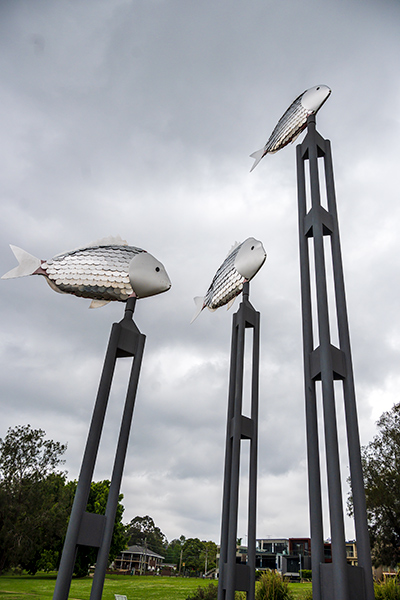
18mm focal length, ISO 100, 1/1000 second at f/7.1.
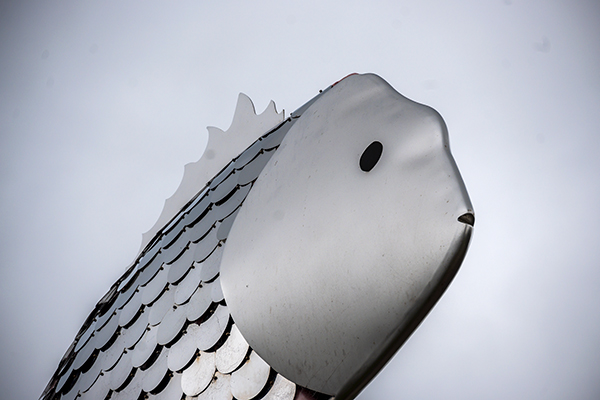
140mm focal length, ISO 100, 1/1000 second at f/7.1.

Close-up at the minimum focusing distance at 18mm focal length, ISO 100, 1/800 second at f/3.5.

Close-up at the minimum focusing distance at 140mm focal length, ISO 100, 1/640 second at f/6.3.
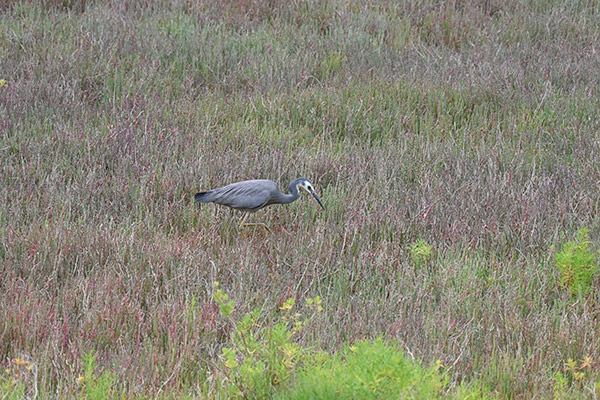
Bird shot at 140mm focal length, ISO 400, 1/500 second at f/8.

Crop from the above image enlarged to 100%.
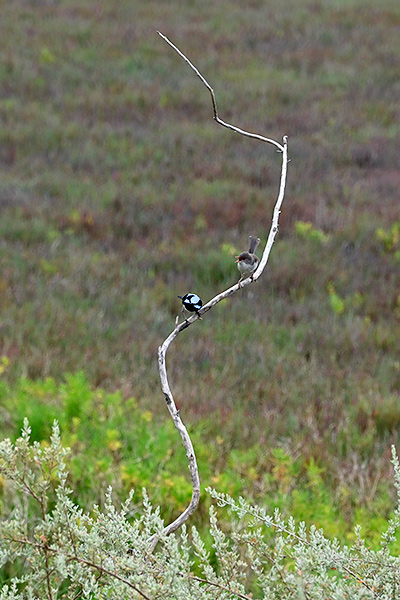
Another bird shot, this time of tiny birds, taken at 140mm focal length, ISO 400, 1/500 second at f/8.

Crop from the above image enlarged to 100%.
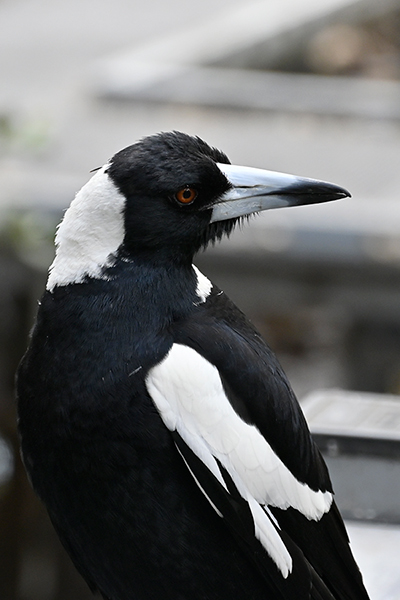
Close-up bird shot at 110mm focal length; ISO 800, 1/200 second at f/6.
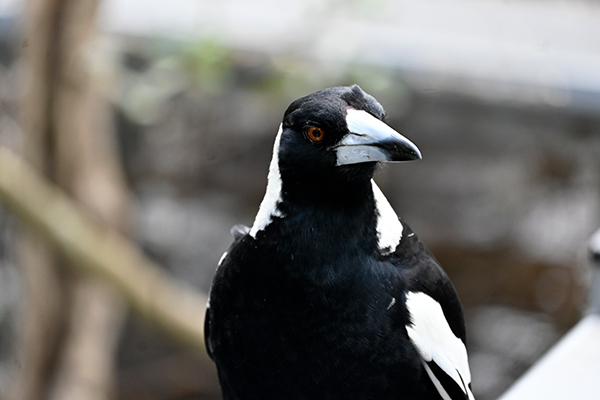
Magpie close-up at 140mm focal length, ISO 800, 1/80 second at f/6.3, showing background bokeh in low-contrast lighting.
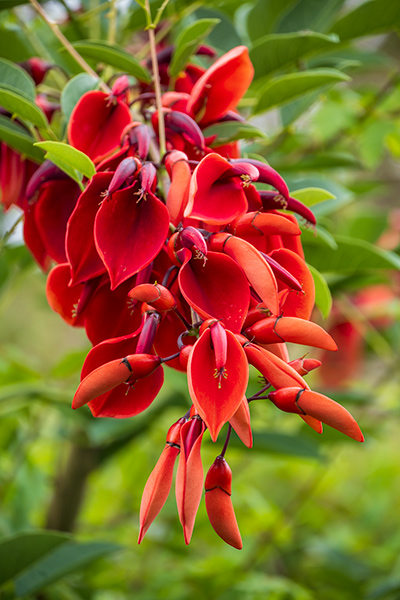
Close-up at 140mm focal length, ISO 100, 1/100 second at f/6.3.
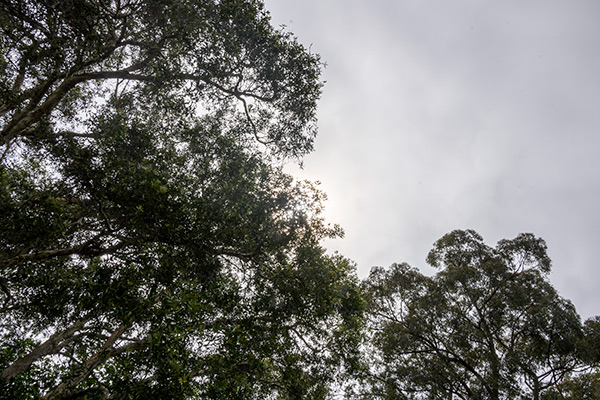
Sunstar shot at f/22 with 18mm focal length, ISO 100, 1/320 second.
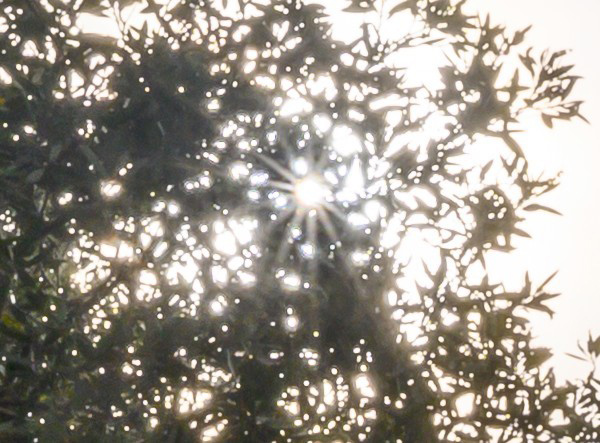
Crop from the above image enlarged to 100% to show the actual sunstar.
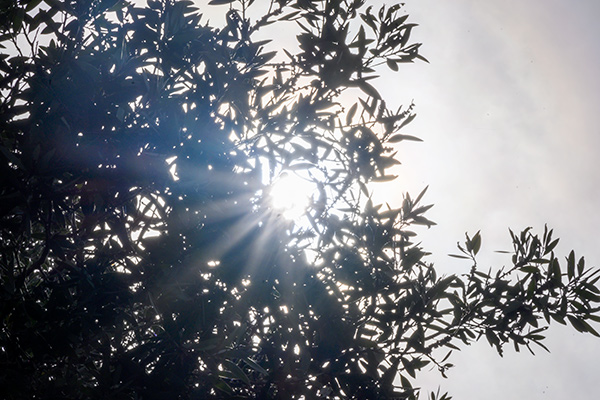
Sunstar at f/40 with 140mm focal length, ISO 100, 1/640 second.
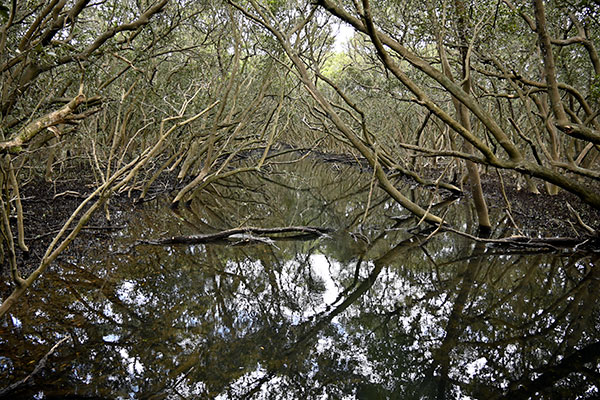
18mm focal length, ISO 100, 1/50 second at f/3.5.
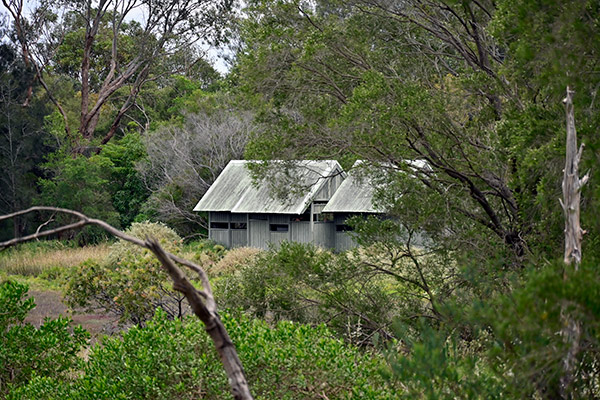
140mm focal length, ISO 400, 1/100 second at f/7.1.
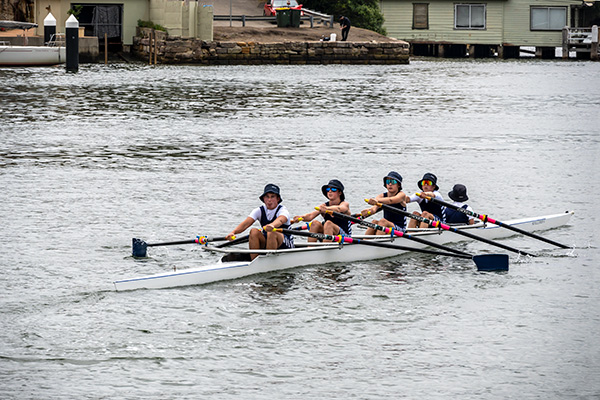
115mm, ISO 100, 1/800 second at f/8.
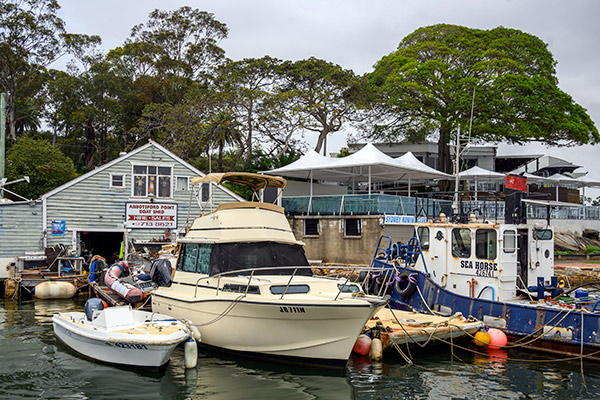
24mm focal length, ISO 100, 1/400 second at f/10.
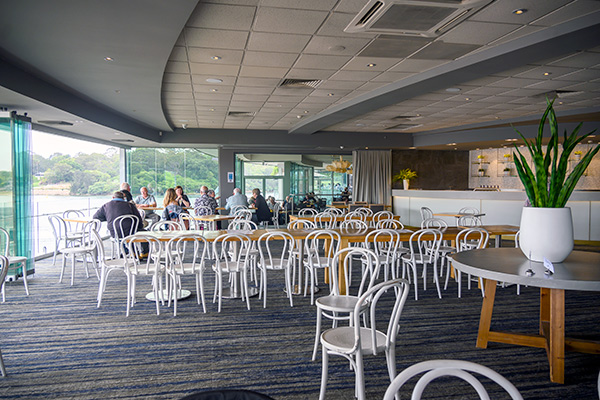
18mm focal length, ISO 100, 1/40 second at f/5.6.
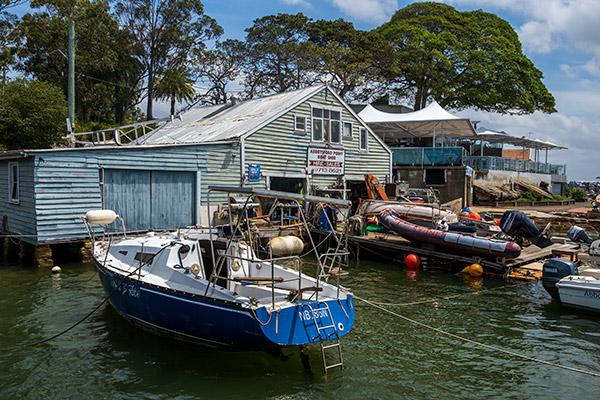
21mm focal length, ISO 100, 1/200 second at f/11.
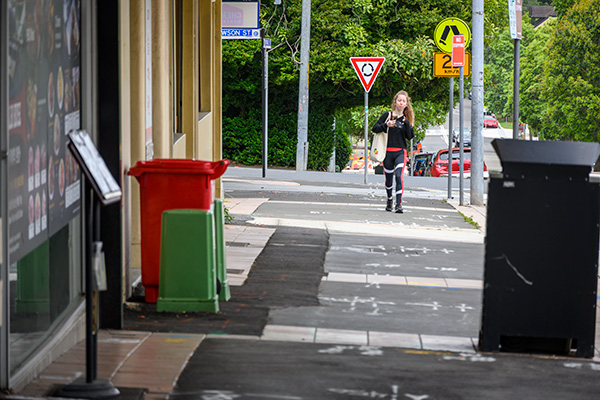
140mm focal length, ISO 100, 1/200 second at f/6.3. Note the perspective compression.

34mm focal length, ISO 100, 1/125 second at f/5.6.
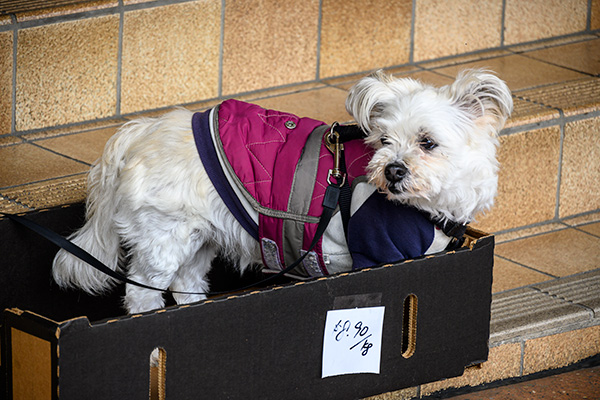
Close-up portrait; 140mm focal length, ISO 100, 1/80 second at f/6.3.
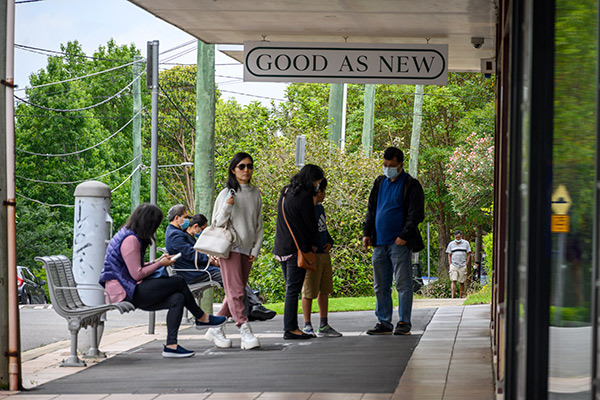
Backlighting; 140mm focal length, ISO 100, 1/100 second at f/6.3.
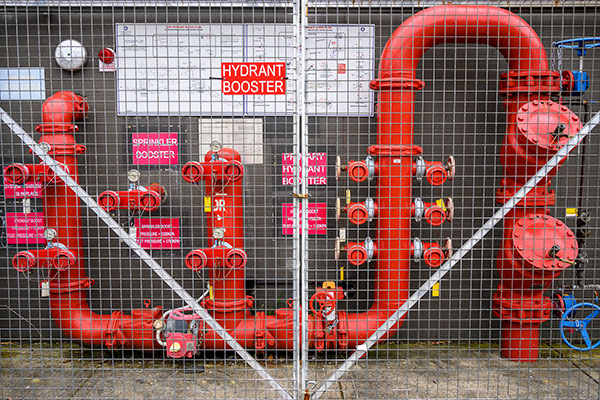
24mm focal length, ISO 100, 1/160 second at f/6.3.
Rating
RRP: AU$999; US$599.95
- Build: 8.5
- Handling: 8.8
- Image quality: 8.9
- Autofocusing: 8.9
- Versatility: 9.0

